Hollywood Park’s Last Photo Finish
The People of a Vanished Track, As Viewed From the Clubhouse Turn
On December 22, 2013, the world-famous Hollywood Park Race Track in Inglewood, California, shut down forever. In 2014, demolition began, closing the stable door on 75 years of history, while also making space for an entire new neighborhood, anchored by a stadium to host pro football and the Olympics, in the middle of the L.A. metropolis.
I learned about Hollywood Park Race Track in my studio, less than half a mile away. Despite growing up in Los Angeles, I had never been to the track. Only when I heard that it was slated to close did it pique my interest.
I first visited the track on a day without races. It was mostly empty—with huge spaces for fans, long corridors, rows of abandoned offices, and small nooks with remnants from every decade. You could almost see the ghosts of horse players past.
Returning, I met the people who still came to the track, for work or for pleasure. And I started to make photographs of them.
To create a cumulative portrait of this historic landmark, I shot over 25,000 images during the last two weeks of the track’s public existence. I captured the buildings, spaces, and forgotten objects—and took 400 formal portraits of the people who spent time there: jockeys, horse owners, trainers, grooms, waiters, ticket takers, security guards, and guests, both rich and poor.
The resulting series of photographs, Clubhouse Turn, is the final documentation of a vanishing Los Angeles landmark. The portraits capture not only the architecture and grounds of Hollywood Park, but also those individuals whose livelihood and identities were dependent upon it.
The first turn on a racetrack immediately after the finish line, known as the “clubhouse turn,” is considered to be the best vantage point to see the finish of the race and is therefore where the privileged sit. Hollywood Park epitomized the social complexity of a place of fantasy and dreams, winning and losing.
In my photographs I sought to convey the history, pathos, and suspended disbelief that I felt during the park’s final days. Individuals are shot in intimate, unadorned settings, allowing the viewer to see postures, gestures, expressions, and personal details as both revelations of the individual subject and reflections of their larger context. Clubhouse Turn investigates, admires, and memorializes. It is a visual narrative of a community at a time when its past, present, and future were all equally palpable.




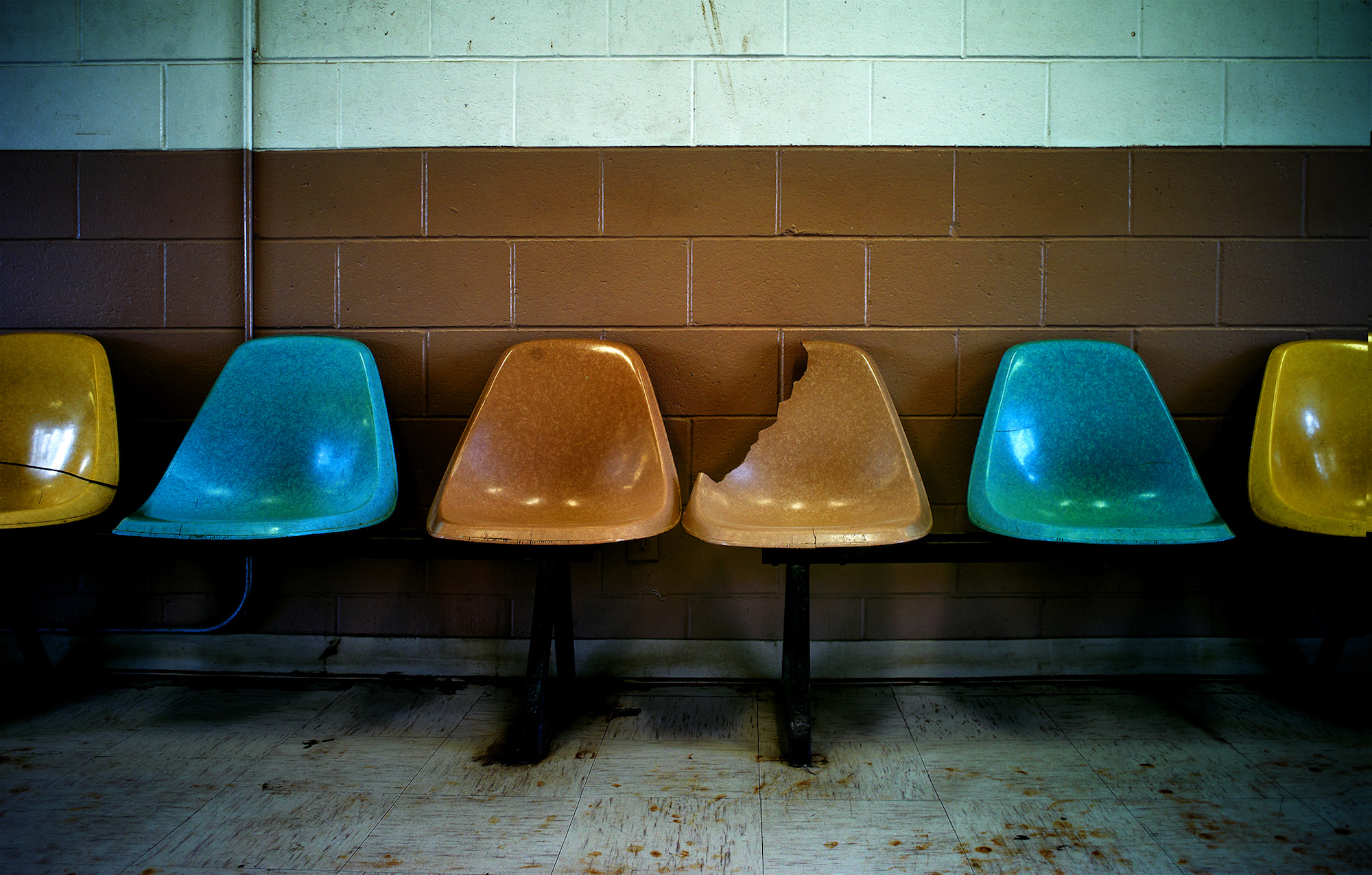

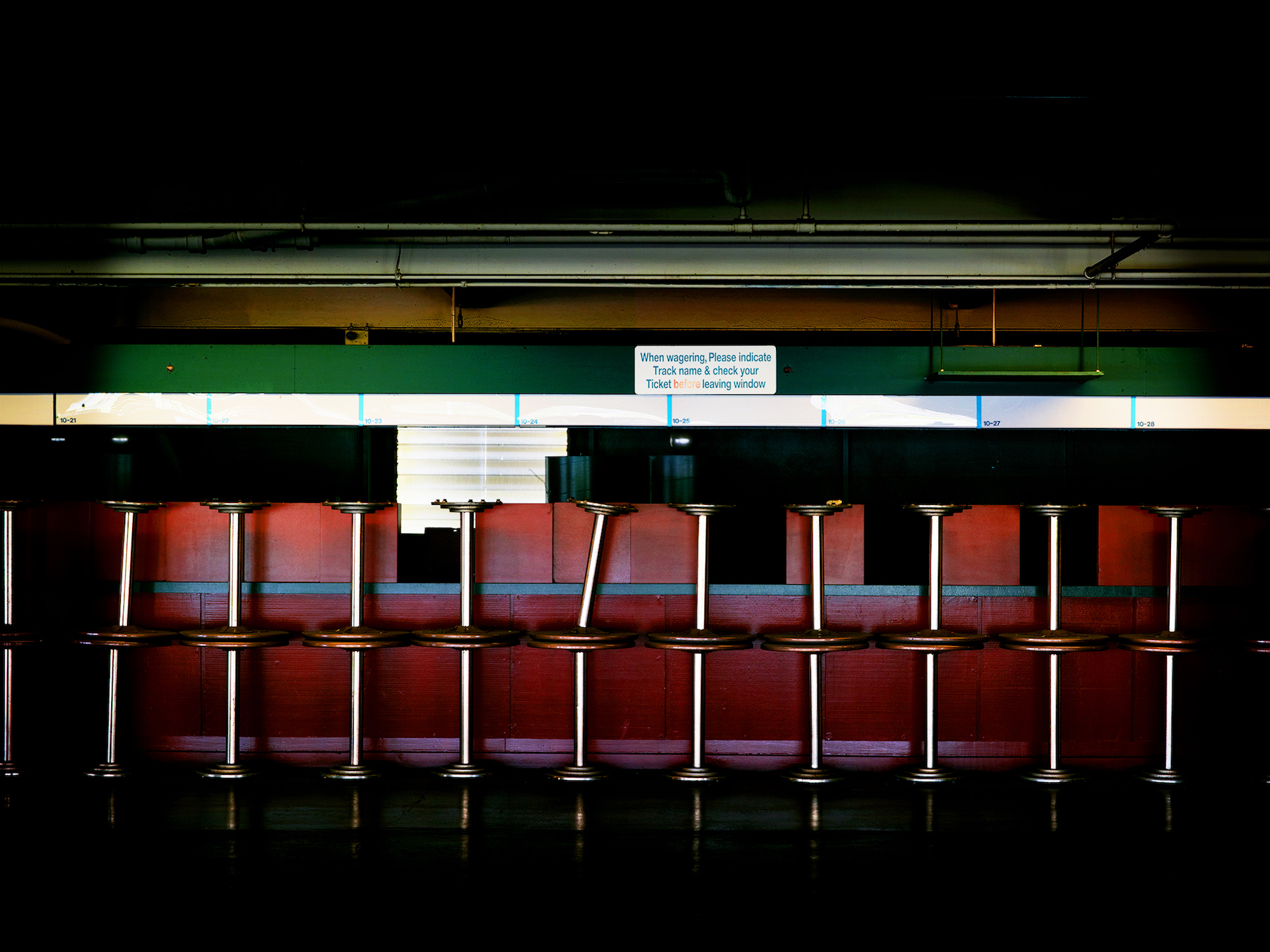
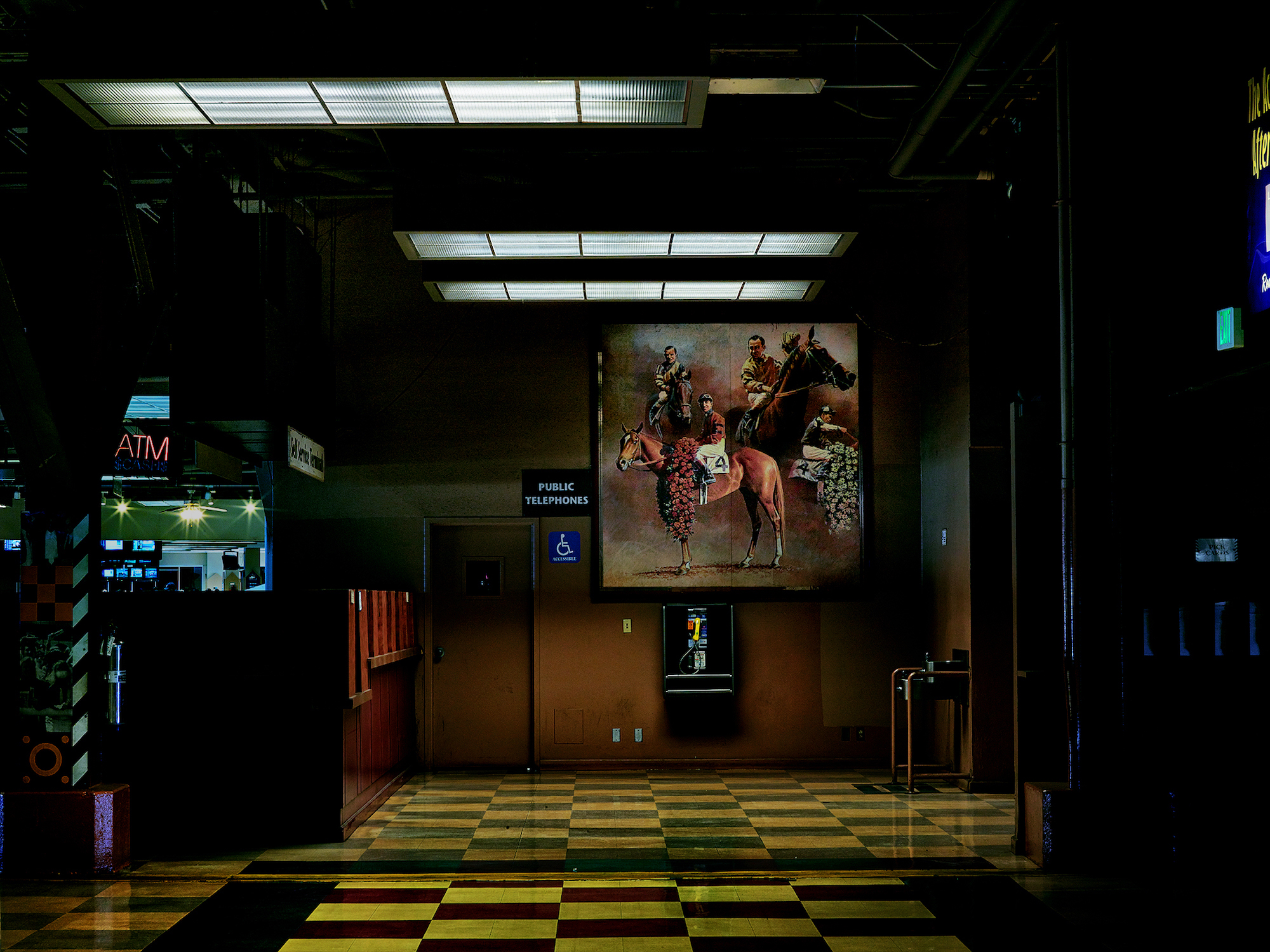
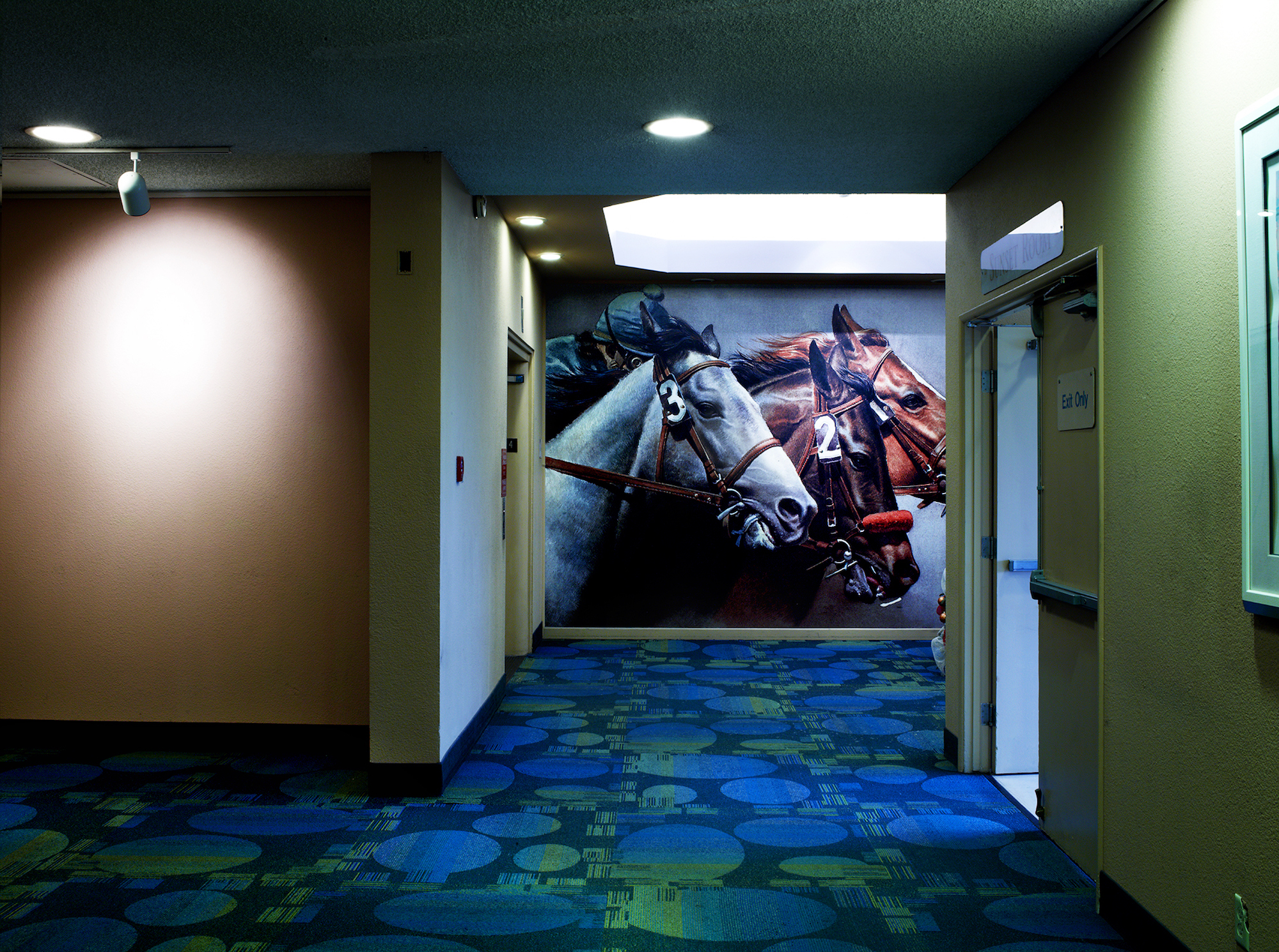
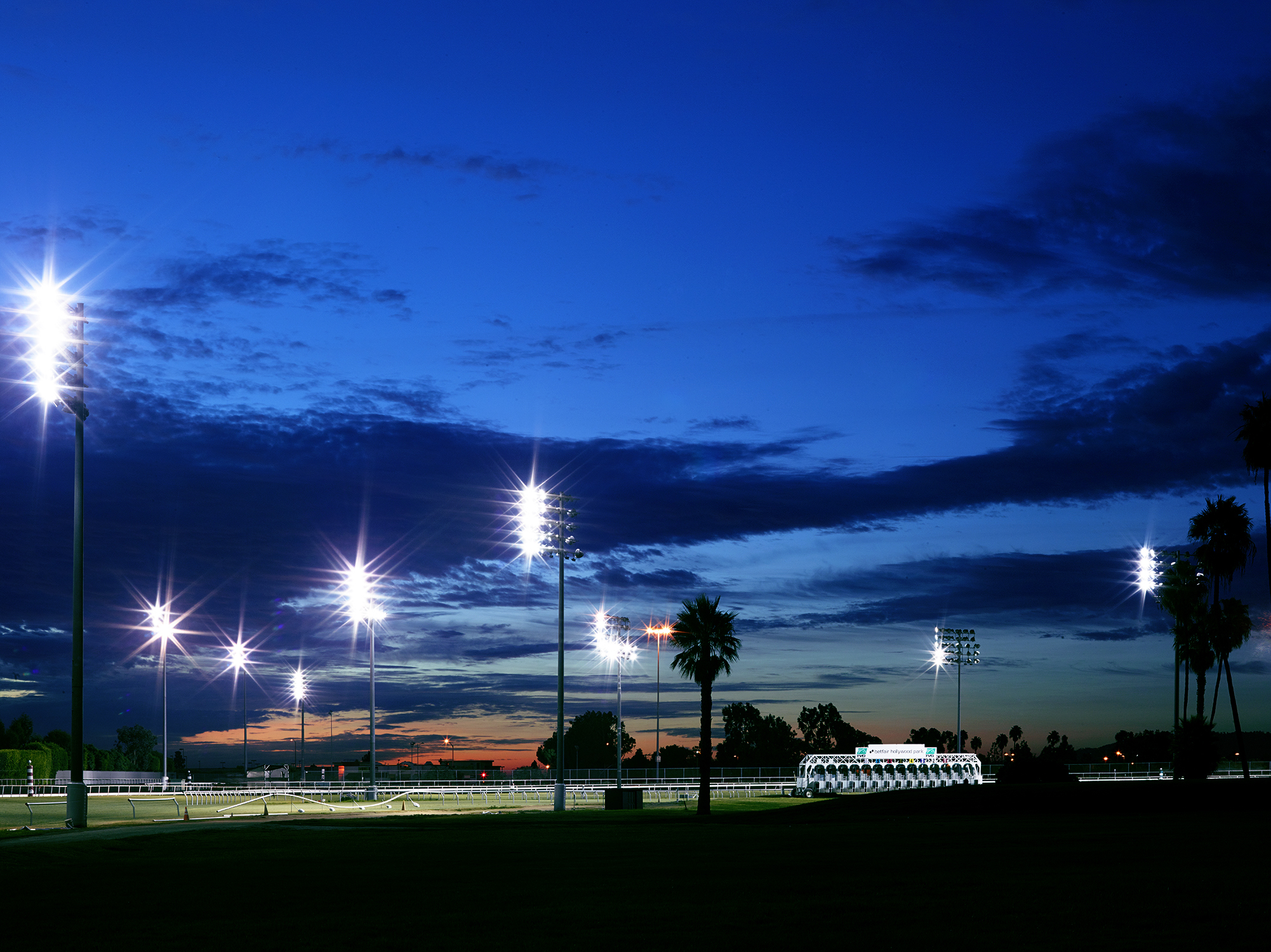
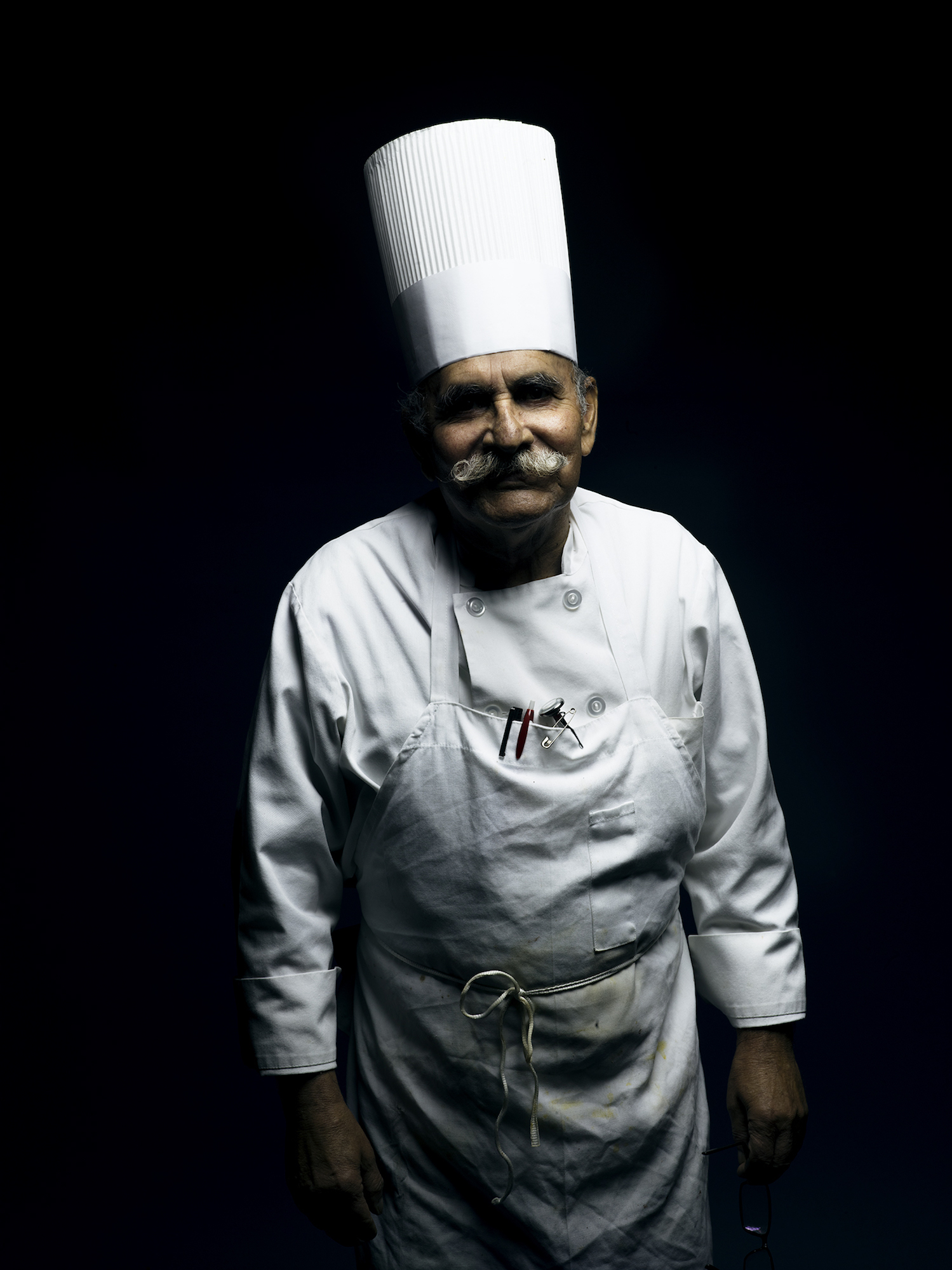
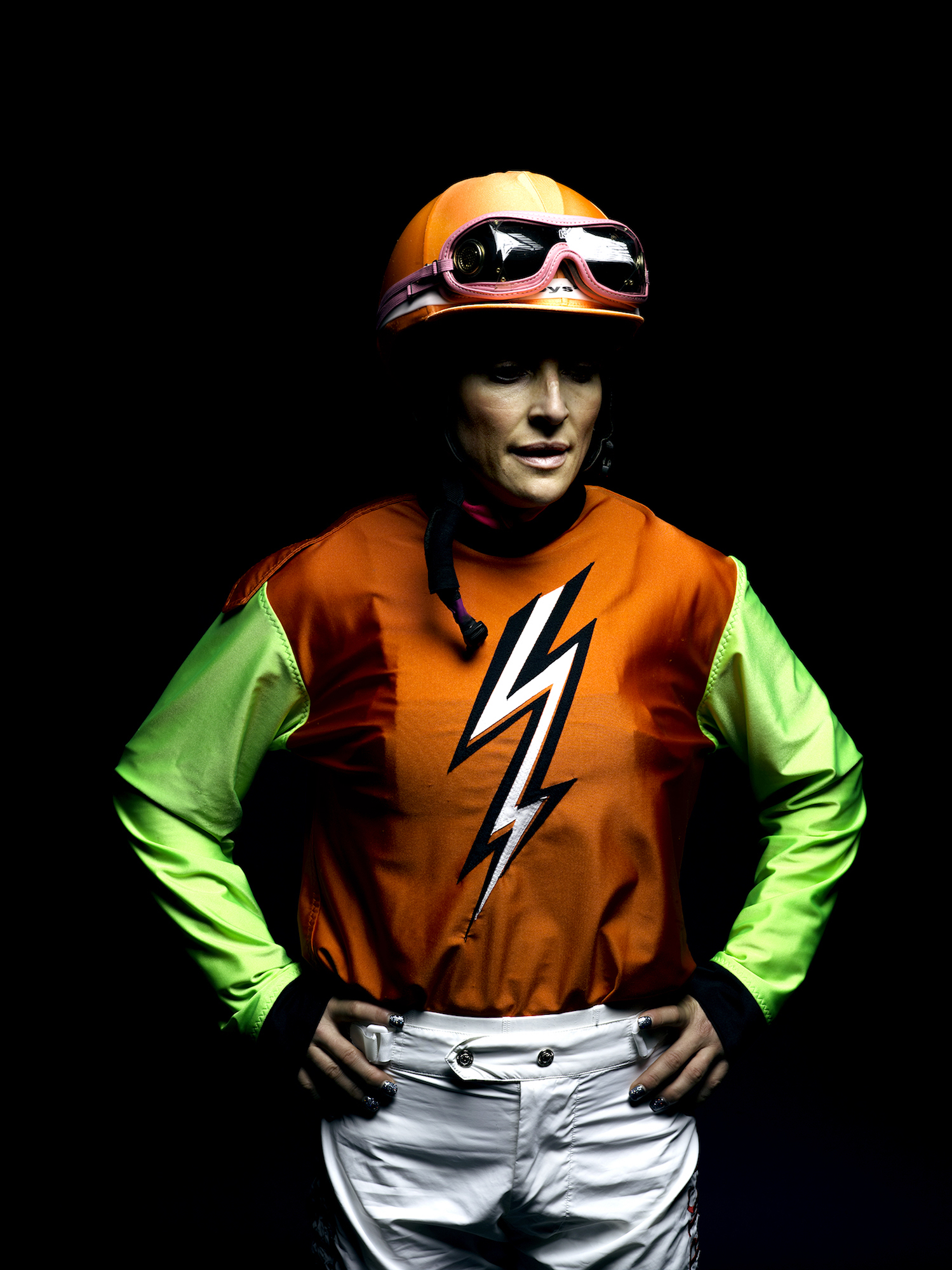



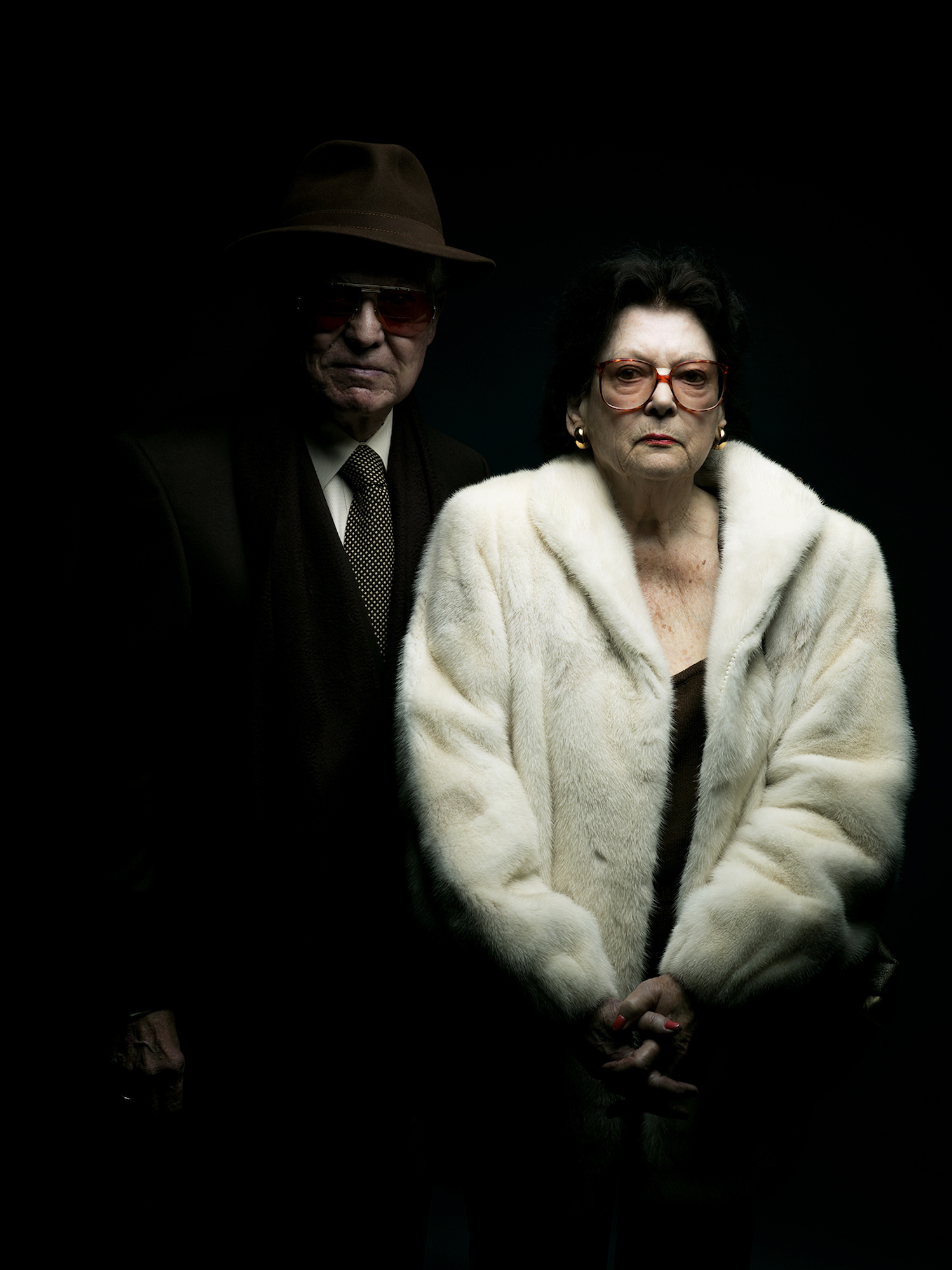
Send A Letter To the Editors